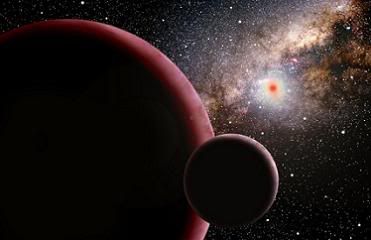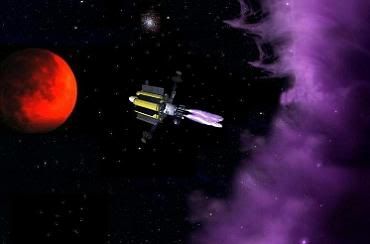|
|
Post by glactus on Sept 20, 2011 0:22:41 GMT
Planet Earth is not so special after all; there's one orbiting roughly every one in four Sun-like stars, according to a five-year astronomy study.  A new Earth orbiting a Jupiter size planet The team spotted 22 planets around 33 of these stars by looking for tiny 'wobbles' caused by the gravitational tug of the planets - called the Doppler or radial velocity method.  A new Earth far away "Of about 100 typical Sun-like stars, one or two have planets the size of Jupiter, roughly six have a planet the size of Neptune, and about 12 have super-Earths between three and 10 Earth masses," said astronomer and lead author Andrew Howard, from the University of California at Berkeley.  Journey to an xoplanet "If we extrapolate down to Earth-size planets - between one-half and two times the mass of Earth - we predict that you'd find about 23 for every 100 stars. But if Howard and colleagues are right, many more Earth-like planets await discovery, with models predicting that more Earth-like planets exist than Jupiter-sized planets. So far, Jupiter analogues account for almost 400 of the roughly 500 exoplanets found so far. "What this means is that, as NASA develops new techniques over the next decade to find truly Earth-size planets, it won't have to look too far," he says.  Credits: Theseare non copywrite images Text by Wikipedia Special credit:Andrew Howard, from the University of California at Berkeley. Space art by Glactus |
|